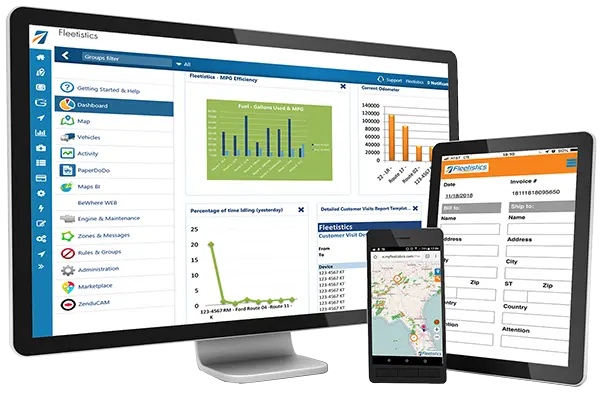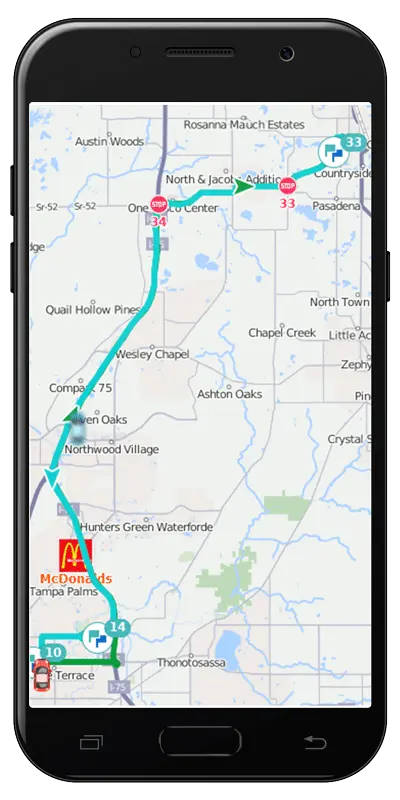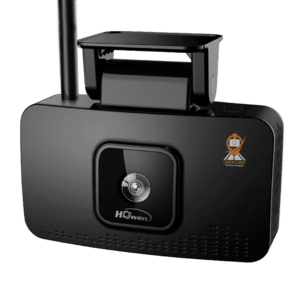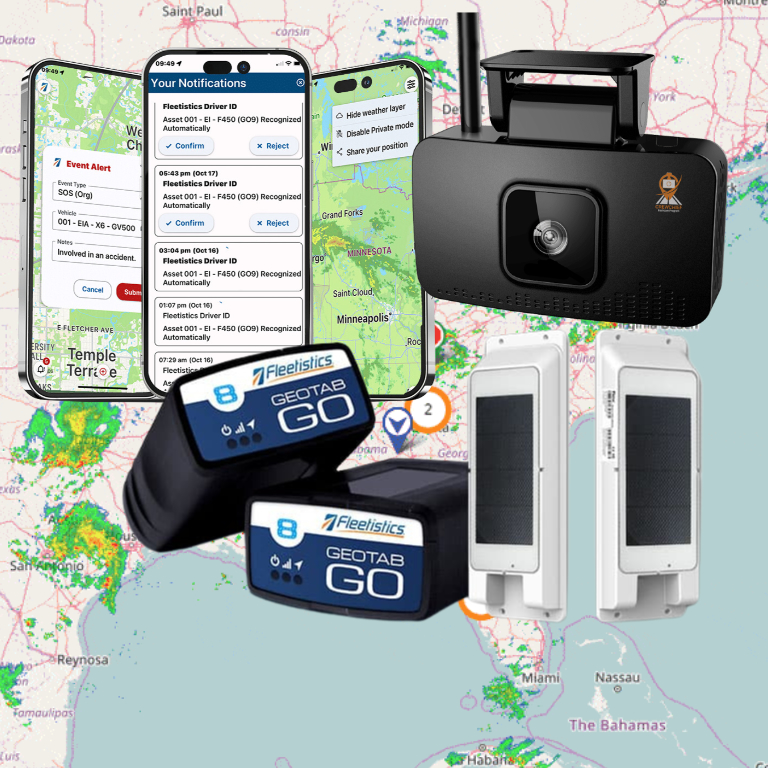the hottest trends in fleet management today
When based on actual driving history, targeted driver training is an effective tool for driver improvement. A recent article in Commercial Carrier Journal mentions the need for more targeted driver training. The article warns that in cab alerts are distracting to the driver. Classroom trainings like those endorsed by the National Safety Council are great, and have been the standard for many years, but it takes advance planning and time off the job for drivers to attend. Business requires something that is readily available when needed.
Over the past couple of years, 2 primary models of targeted driver self-improvement have emerged. Not surprisingly, they are simple merit models and demerit models.

Merit vs Demerit
Examples of merit models are game apps. Driving data is converted into a score and drivers compete for recognition. Competition is the primary motivation because it is fun, and because nobody wants to be a loser. Adding a reward, like a cash bonus for the most improved driver, maintains interest. Clearly, competition will promote driver improvement, but is still not targeted driver training.
Demerit models look for problems and assign targeted driver training. Specific behavior, for example speeding, results in lessons assigned to the driver on how speed can be dangerous. This achieves driver improvement in two ways.
- The driver learns how speed can be a danger to himself and others through the lessons assigned.
- The driver doesn’t want another course assignment that he has to complete after work hours, so he changes his behavior.
The goal is to provide a custom training course based on need. Each driver is assigned lessons based on their driving deficiencies. A program like this is often administered by the Safety Department in larger companies, but in small and medium size businesses, who is going to do all that? Many businesses would like to implement targeted driver training, but only if it is a “hands off” approach.

The Keys to Automating Driver Training
To automate the process your GPS tracking system provides the data directly to the training app. Training content on a variety of subjects is organized into courses and lessons. When thresholds for unwanted behavior are met, the app assigns the appropriate training to the driver via email. Drivers access the training from their personal devices, and no supervision is needed.
Training is easy to use, interesting, and focused on driver improvement. Managers only need to be notified when drivers fail to complete the assigned courses, but they can review lessons assigned and completed if they want. This hands off approach simplifies the managers role in the process.
Predictive Coach meets all of the criteria.
- Improves driver behaviors with a data driven training program
- Eases the burden of safety monitoring through automation
- Eliminates willful negligence around driver discipline
- Integrates seamlessly with your Geotab tracking solution
- Proven to produce results through targeted driver training
Predictive Coach automated driver training has been evaluated by Virginia Tech Transportation Institute is proven to reduce dangerous driver behavior.
How it Works
Individual Predictive Coach courses contain 3 to 7 individual lessons. The lessons are automatically assigned to drivers when exceptions to rules occur. The driving rules used are the ones you configure with tolerances you set. Managers are notified when assigned lessons have not been completed, and they appreciate the compact dashboards and reports that are available for reviewing and comparing drivers. Drivers can complete the courses on laptop, phone or tablet from virtually anywhere.
That fits our definition – automated driver improvement through targeted driver training.














